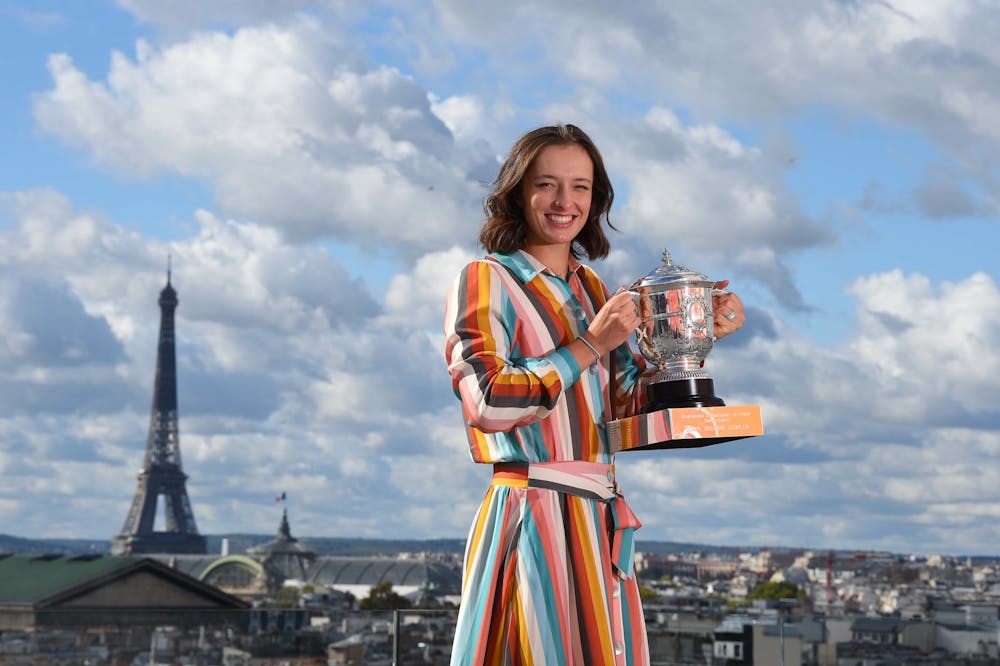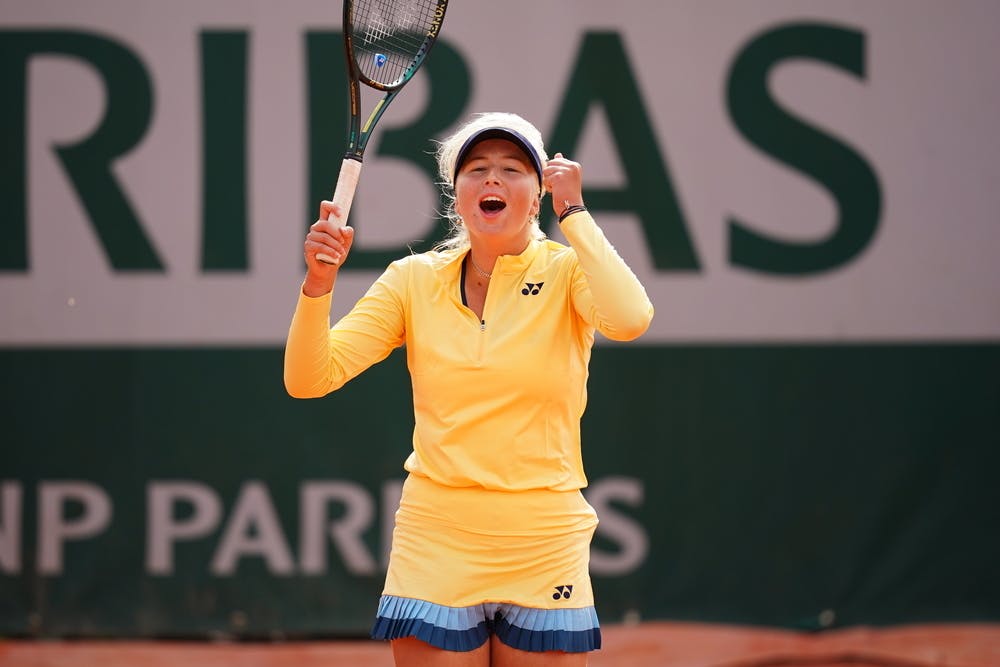Tennis is becoming truly global
Of the 128 women who started the main singles draw, 19 were American, followed by 12 from Russia, 11 from France and nine from the Czech Republic.
But in a sign that shows tennis is becoming a global sport played at a high level all over the world, former junior winner Ons Jabeur of Tunisia became the first Arab woman to reach the fourth round at Roland-Garros, while Mayar Sherif’s impressive qualifying run saw her become the first Egyptian woman to ever feature in a Grand Slam main draw.
Renata Zarazua also successfully qualified in Paris as the first Mexican woman to reach a major main draw since Angelica Gavaldon at Australian Open 2000. She stretched third-seeded Elina Svitolina to three sets before bowing out in the second round.
And then there is of course Swiatek, who became the first player from Poland to win a Grand Slam singles title.
All hail the drop shot
This year’s Roland-Garros, which was moved from the spring to the autumn because of the pandemic, was the year of the drop shot. The heavier than usual conditions made the ball die on the court, which turned the drop shot into a real weapon for many players.
Jabeur, who has always been the queen of the drop shot, used it as well as she always does but it was the way some others adopted it that was most striking.
From Petra Kvitova to Victoria Azarenka, and Kenin to Swiatek, the drop shot was everywhere, breaking up the opponent’s rhythm and often winning points altogether.
The greater variety, with the short slice also effective, made for some really interesting rallies that often ended up as highlights of the day on social media or television. During her quarter-final against fellow American Danielle Collins, Kenin showed you can even play the drop shot off the return. Variety is here to stay.
 ROLAND-GARROS
19 May - 8 June 2025
ROLAND-GARROS
19 May - 8 June 2025



 © Corinne Dubreuil/FFT
© Corinne Dubreuil/FFT
 ©Nicolas Gouhier / FFT
©Nicolas Gouhier / FFT ©Corinne Dubreuil / FFT
©Corinne Dubreuil / FFT